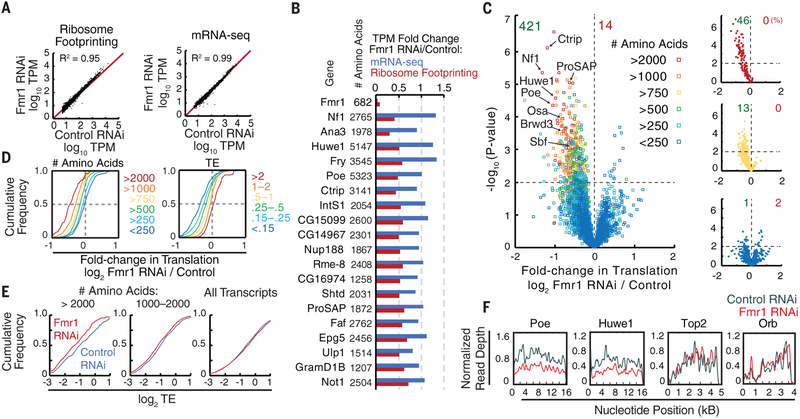Figure 3. FMR1 stimulates the translation during storage of transcripts from multiple intellectual disability and autism genes.
(A) Translational profile (log10TPM; transcripts per million) and mRNA abundance profile (mRNA-seq, log10TPM) are highly similar between control vs. Fmr1-RNAi oocytes (stored 1–2d). (B) Top genes translationally reduced by Fmr1 RNAi from 11 ribosome footprinting experiments do not show significant changes in mRNA levels. (C) Significance vs. fold change plot reveals 421 candidate targets translationally stimulated by FMR1 (p<0.01; t-test). Protein size class indicated by color. (D) Cumulative plot of translation (Fmr1 RNAi/control) as a function of protein size (left), or translational efficiency (TE, right) defined as ribosome footprinting TPM(Fmr1 RNAi)/mRNA-seq TPM. (E) Translation of large mRNAs in Fmr1 RNAi vs. controls is reduced independent of TE. (F) Normalized read depth is plotted for two FMR1 targets (Poe and Huwe1) and two non-targets (Orb and Top2). In Fmr1 RNAi oocytes, target gene footprints are reduced at all positions along the mRNA.

